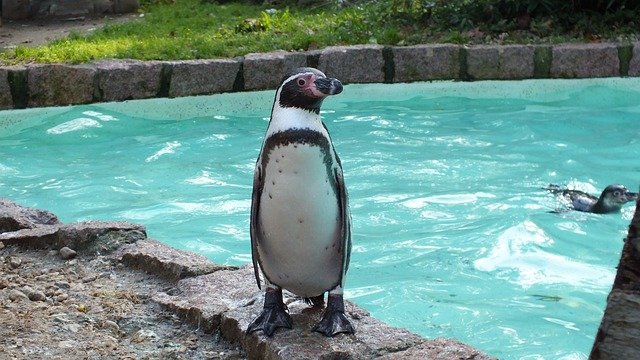
The Social Lives of Penguins: Understanding Their Complex Communities
Penguins are often perceived as solitary creatures, waddling alone across icy landscapes. However, a closer look reveals that these fascinating birds lead rich social lives, characterized by complex communities and intricate social structures. In this post, we will explore the social behaviors of penguins, their interactions, and the significance of their communities.
The Importance of Social Structure
Penguins are highly social animals that thrive in colonies, with some species forming groups that number in the thousands. These colonies provide numerous benefits, including:
Protection from Predators: By living in large groups, penguins can better defend themselves against predators, such as seals and birds of prey. The presence of many individuals can deter potential threats.
Thermoregulation: In harsh, cold environments, penguins huddle together to conserve heat. This behavior not only helps them stay warm but also strengthens social bonds within the group.
Cooperative Breeding: Many penguin species engage in cooperative breeding, where individuals other than the parents help care for the chicks. This communal effort increases the survival chances of the young.
Communication and Social Interactions
Penguins have developed a variety of vocalizations and body language to communicate with one another. Key aspects of their communication include:
Vocal Calls: Each species of penguin has distinct calls used for attracting mates, signaling alarm, or identifying individuals. These calls are crucial for maintaining social bonds and coordinating group activities.
Physical Displays: Penguins often engage in physical displays, such as bowing, flapping their wings, or preening. These behaviors serve various purposes, from courtship to establishing dominance within the group.
Grooming: Social grooming, or allopreening, is common among penguins and helps reinforce social bonds. It also serves a practical purpose by keeping their feathers clean and waterproof.
The Role of Hierarchy
Within penguin colonies, social hierarchies can emerge. Dominance hierarchies influence access to resources like food and nesting sites. Factors that can affect an individual’s rank include age, size, and previous breeding success. Understanding these hierarchies is essential for researchers studying penguin behavior and ecology.
Challenges to Social Structures
Despite their strong social ties, penguins face numerous challenges that can disrupt their communities:
Climate Change: Melting ice and changing ocean temperatures can impact food availability, forcing colonies to adapt or relocate.
Human Activity: Fishing, pollution, and habitat destruction threaten penguin populations and their social structures. Conservation efforts are crucial to ensuring their survival.
Conclusion
The social lives of penguins are a testament to their adaptability and resilience. By studying their complex communities, we gain valuable insights into their behavior, ecology, and the challenges they face. As we continue to explore the fascinating world of penguins, it becomes increasingly clear that these charming birds are much more than just waddling creatures; they are social beings with intricate lives worthy of our admiration and protection.
For more information on penguin behavior and conservation efforts, stay tuned for our upcoming posts! 🐧✨
